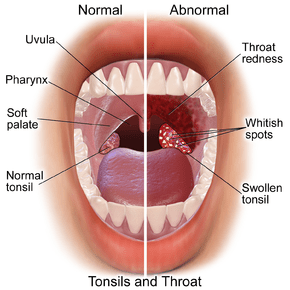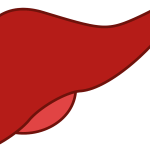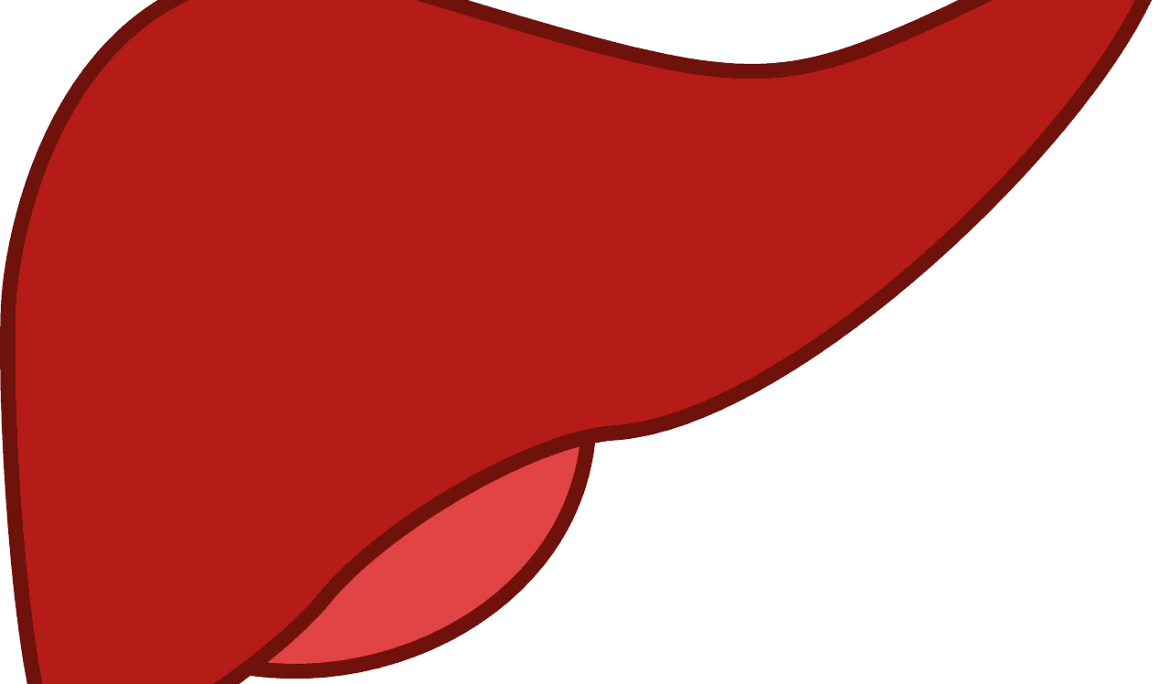THE main function of the tonsils is to trap germs (bacteria and viruses) which you may breathe in. Proteins called antibodies produced in the immune cells from the tonsils help to kill these germs and help to prevent throat and lung infections. The tonsils, more often get inflamed in the process secondary to infection caused by these germs and that inflammatory process is called tonsillitis. In this article, the winter highlights the basics of tonsillitis and its management thereof.
The main causes of tonsillitis include streptococcal bacteria, viruses such as influenza, infectious mononucleosis, diphtheria and herpangina. Individuals with tonsillitis tend to present with sore throat, dysphagia (difficulty in swallowing), headache, earache, fever, vomiting (especially in children), halitosis (bad breath) to mention a few.
The management plan for tonsillitis is twofold. The first is referred to as a conservative approach and the second is the surgical intervention/approach. The conservative approach involves providing pain relief and lowering the temperature with paracetamol. We often recommend gargling with salt water or diluted chlorhexidine and if available a local antibiotic or pain relief sprays. Antibiotics are often prescribed as well to help fight the infection. These antibiotics are of a wide variety in the market and their prescriptions may vary from Doctor to Doctor.
There are few indications for a surgical intervention (tonsillectomy and adenoidectomy) such as adenotonsillar hyperplasia with difficulty breathing when asleep, failure to thrive or grow especially for children, bleeding tonsillitis or a possible malignant disease. In general, when they are re-occurring say about 3-4 times a year and they are affecting your quality of life, it is advisable to have them removed. The most effective recommended home remedy for tonsillitis is to gargle with warm salt water. The warm water will have a soothing effect and the salt will help kill the virus or bacteria. Salt also helps reduce inflammation, giving you an instant relief. Mix one teaspoon of table salt in a cup of warm water and gargle. Lemon’s antiviral, antibiotic and anti-inflammatory properties take care of infection and the inflammation whereas its high vitamin C content improves the body’s resistance to infection. In a glass of lukewarm water, add the juice from the lemon, a pinch of salt and one teaspoon of honey. Drink it slowly, twice daily for few days. Alternatively, you can sprinkle a little salt and pepper on a slice of lemon and suck on the lemon slice. It is recommended to do this remedy two to three times a day for several days.
Cinnamon can be used for treating tonsillitis as well. Being rich in antimicrobial properties, cinnamon inhibits the growth of bacteria and other micro-organisms in the tonsils and helps reduce swelling, pain and inflammation. For the remedy, add one teaspoon of cinnamon powder to a glass of hot water. Mix in two teaspoons of honey. Sip on the mixture slowly while still warm. It is suggested that the mixture is consumed two or three times a day for one week.
It is very important that one gets the right diagnosis. Based on what we discussed above if you suspect that you or your child have tonsillitis, it’s best you visit your doctor for a proper ear, nose and throat examination. If possible, your doctor can refer you to an ENT (ear, nose and throat) specialist.
Source: Confidente










